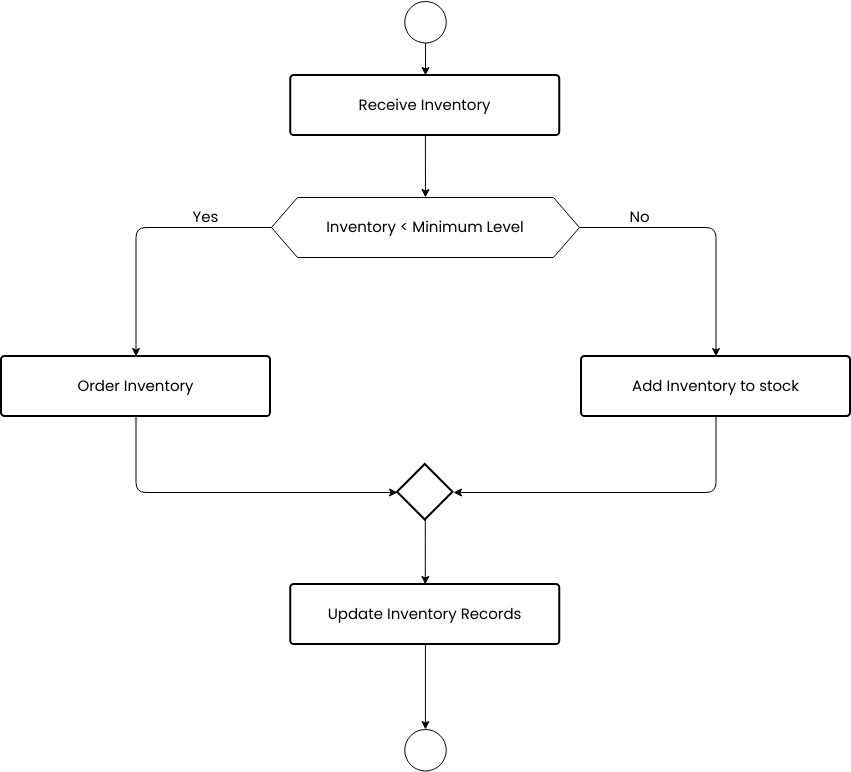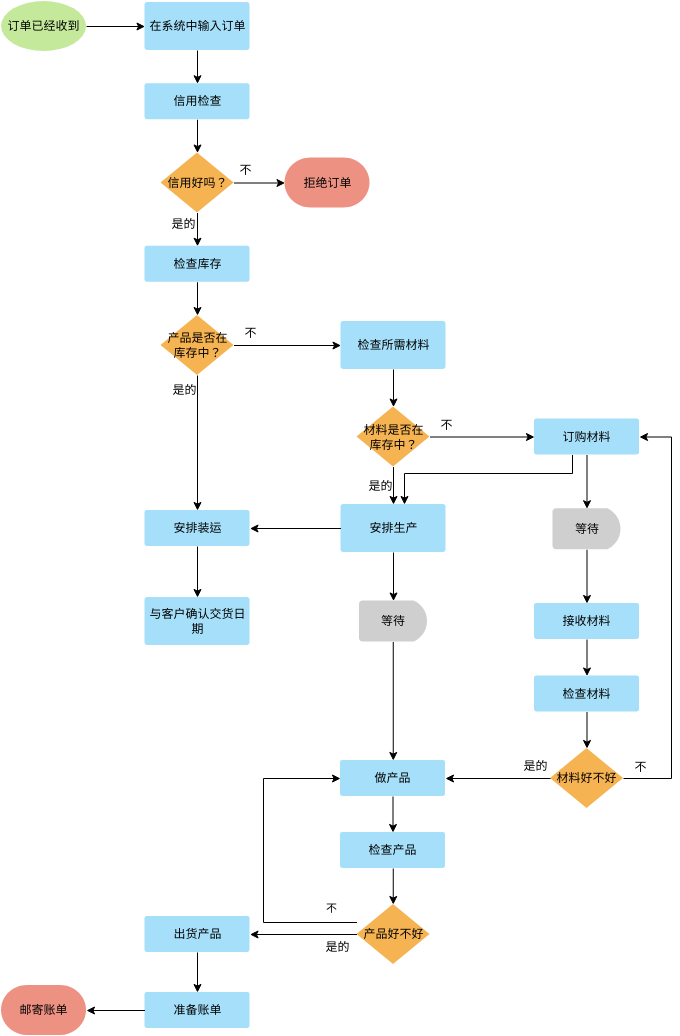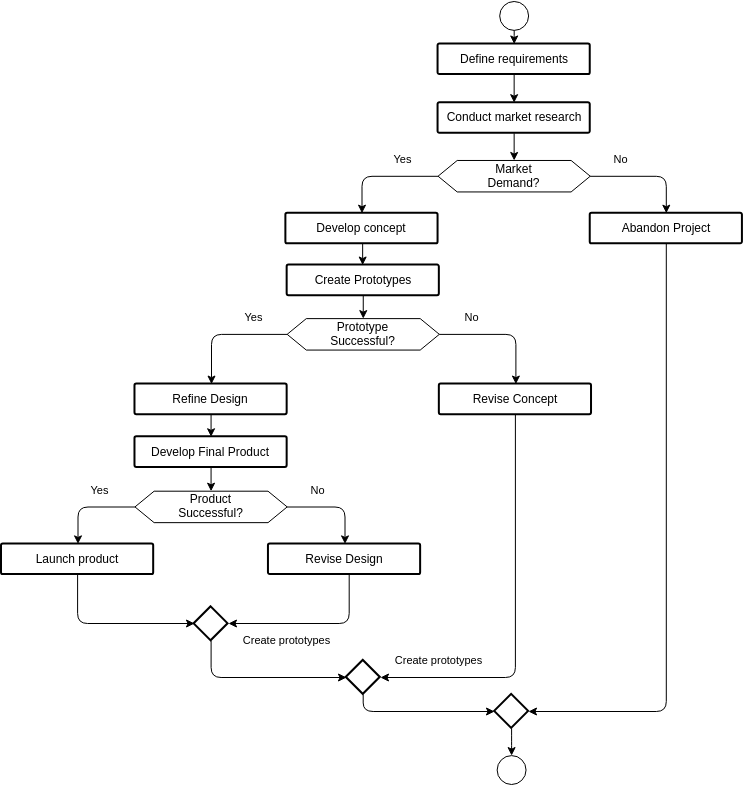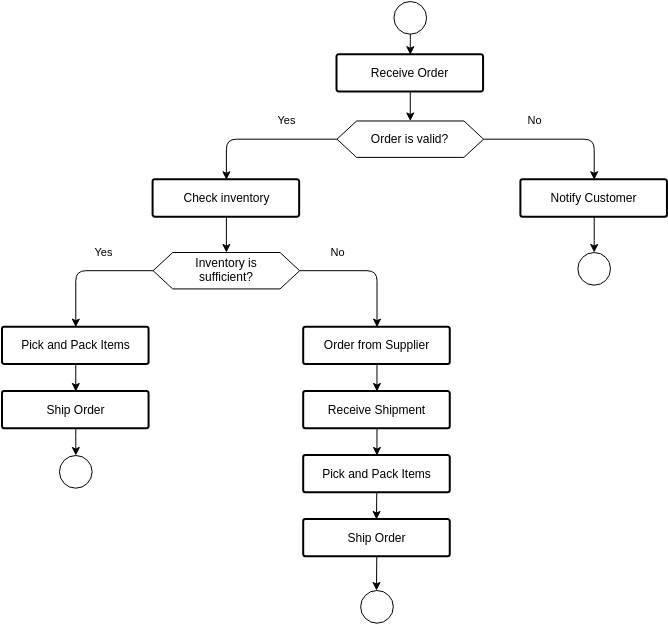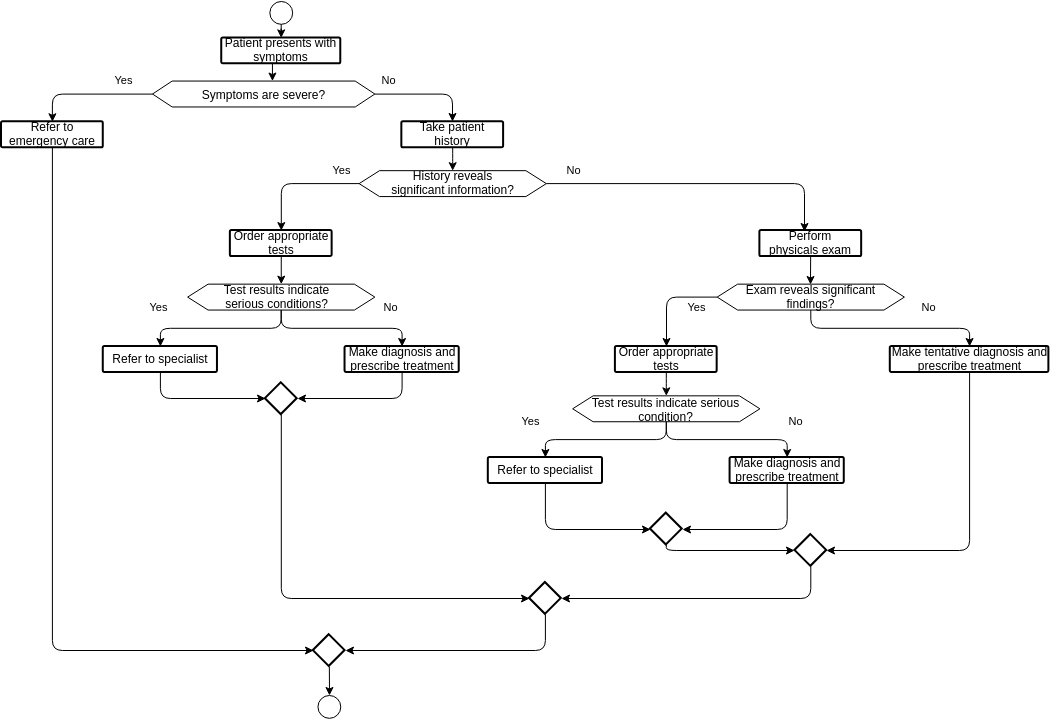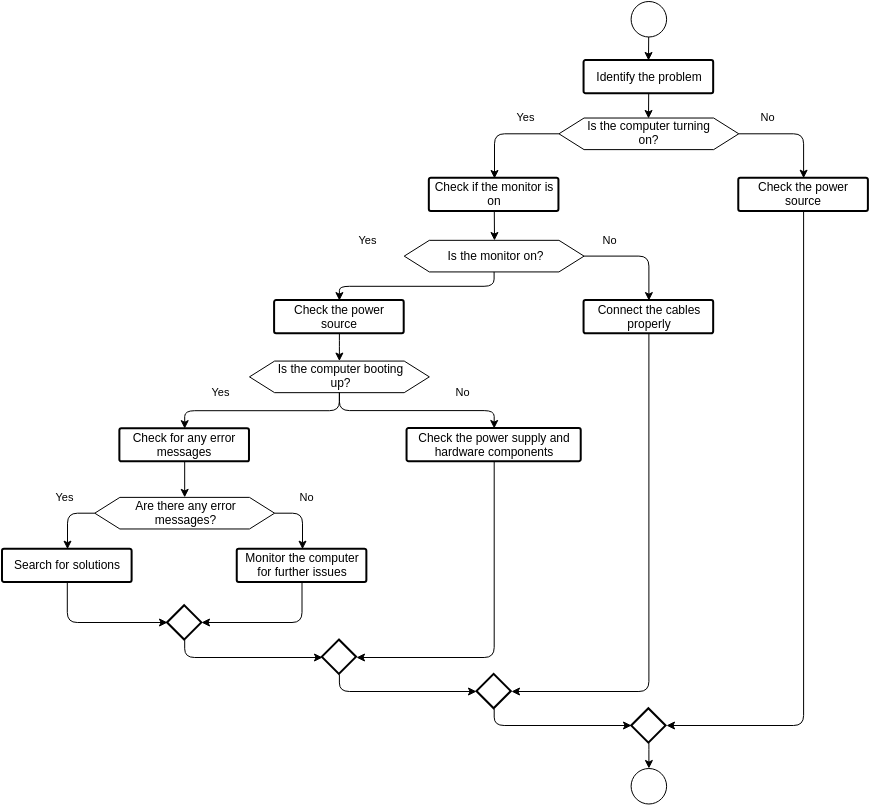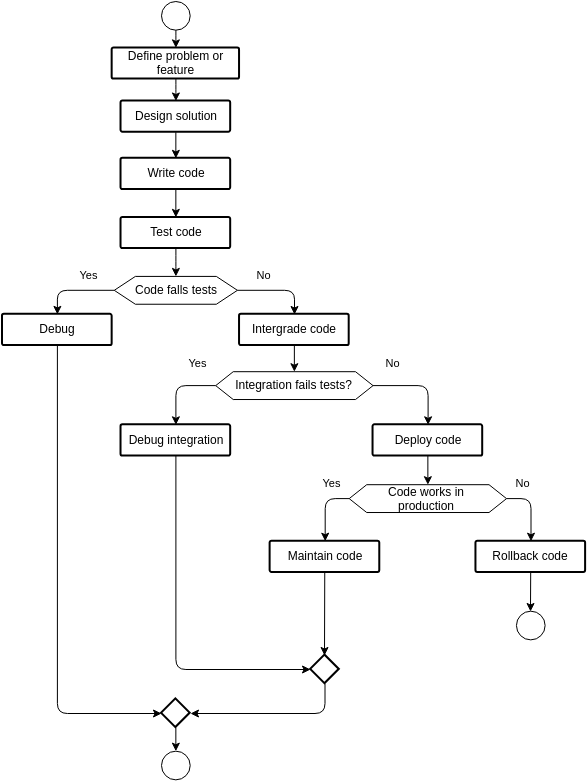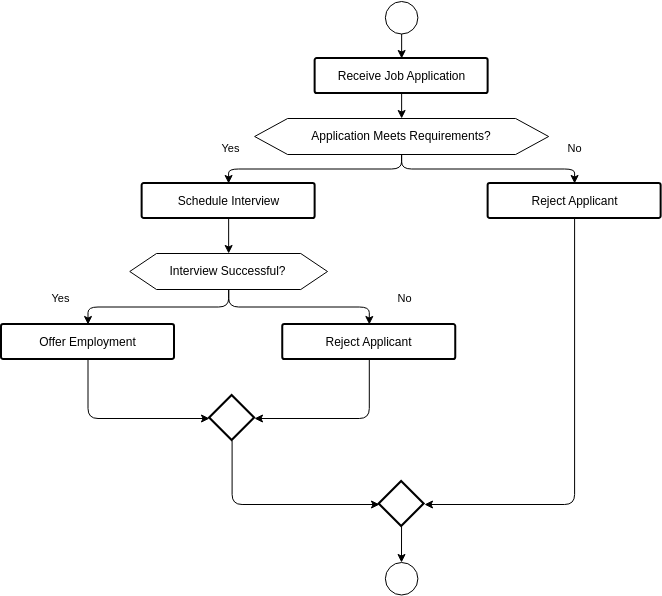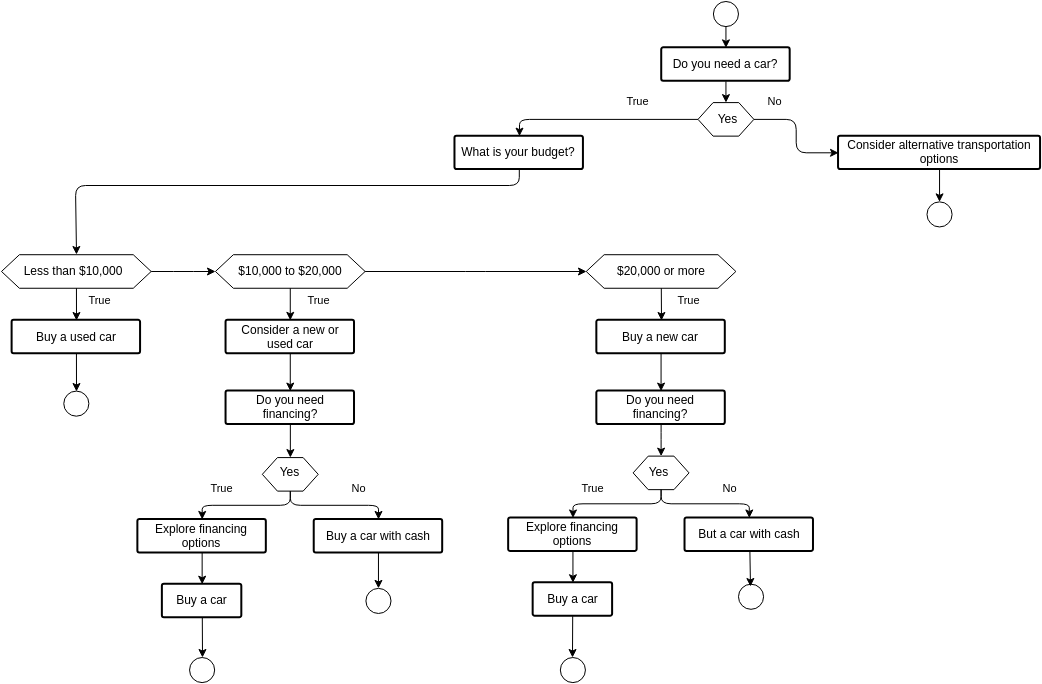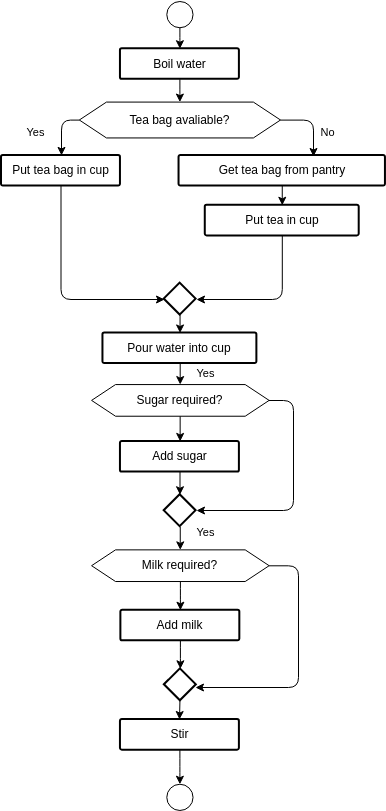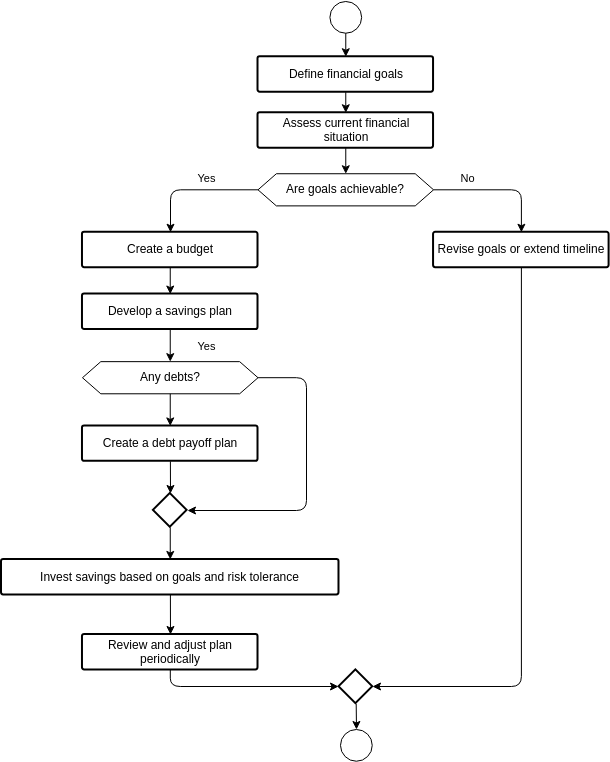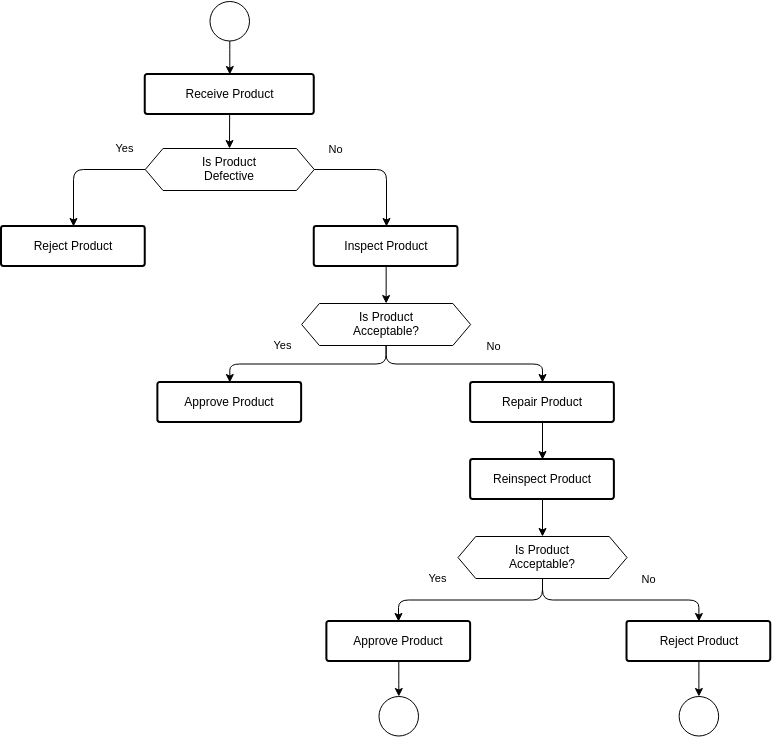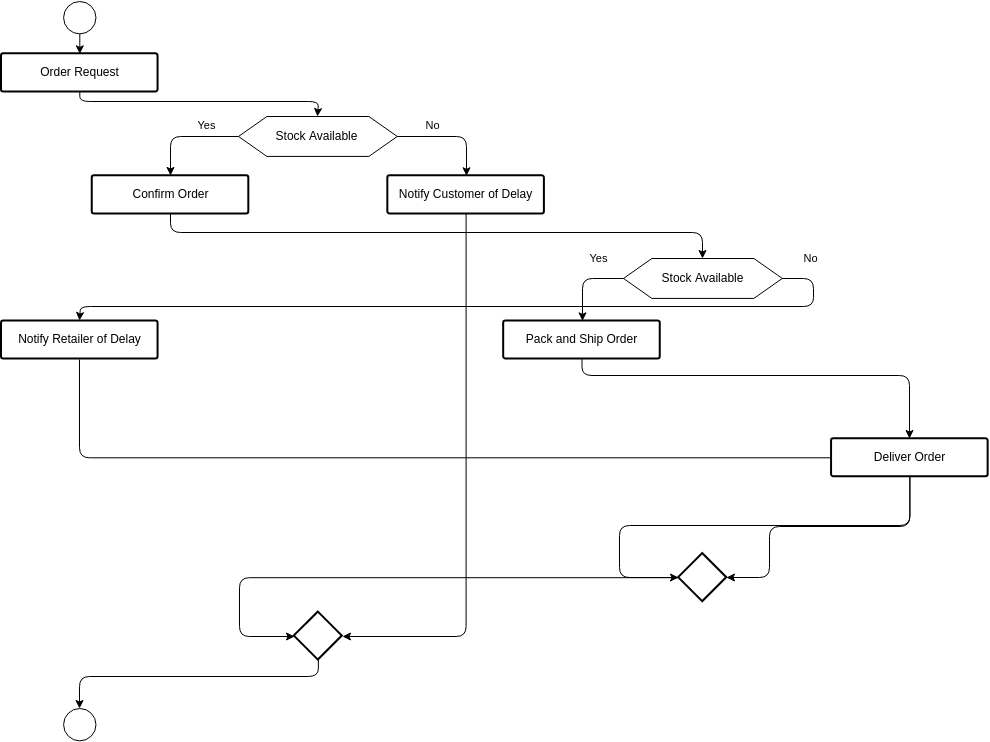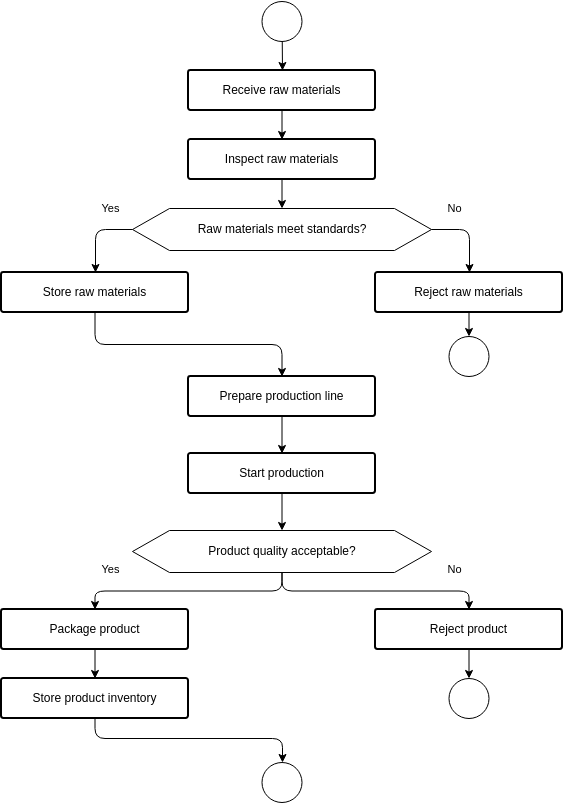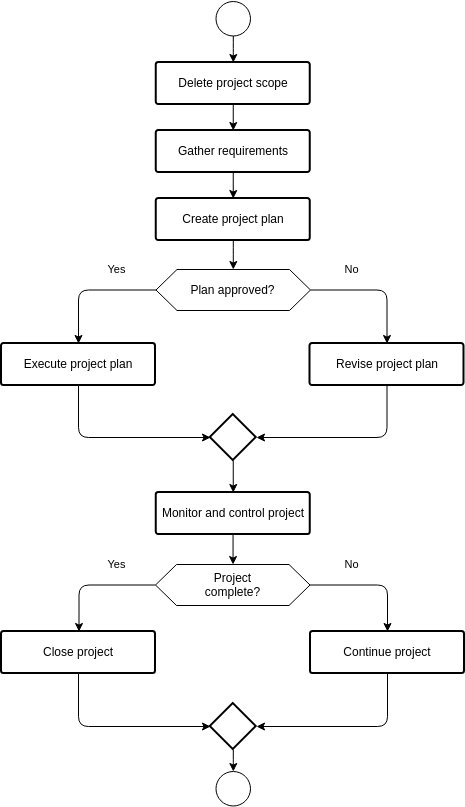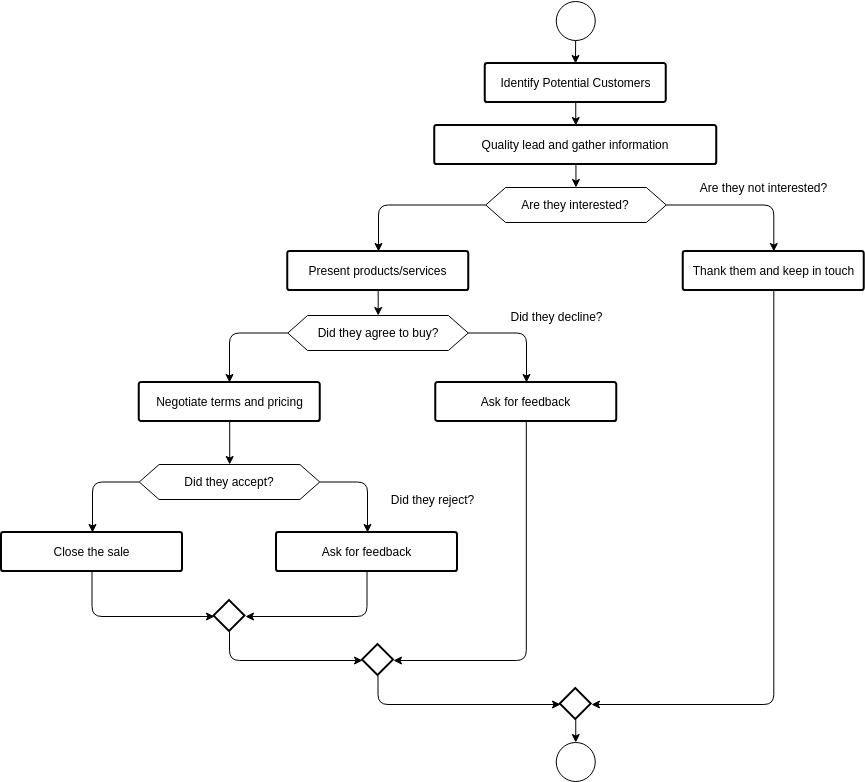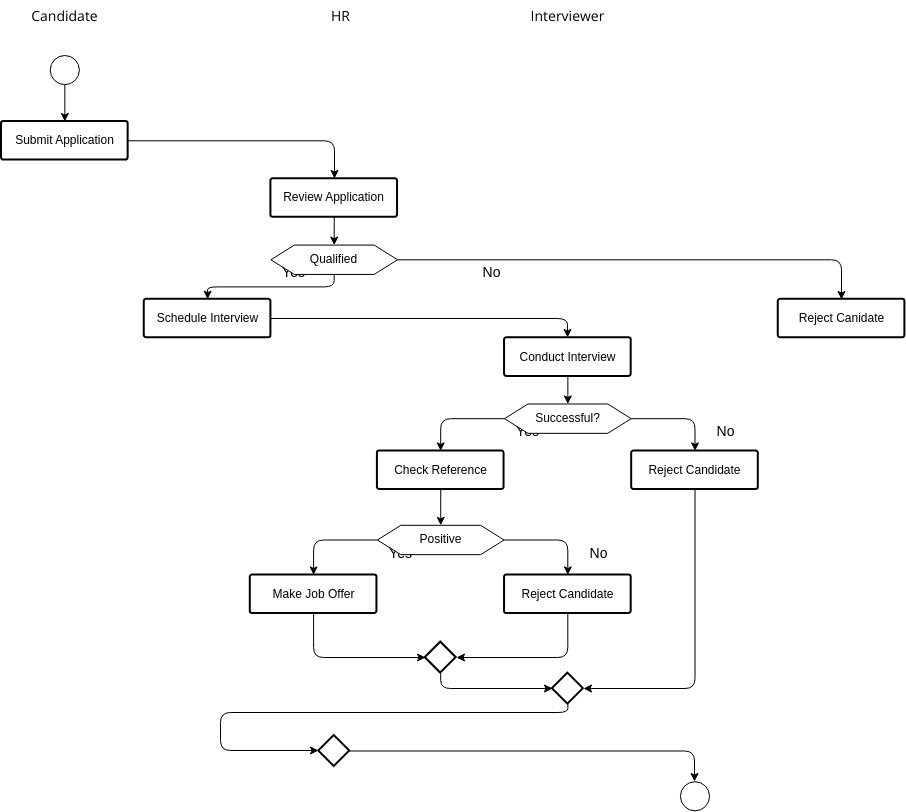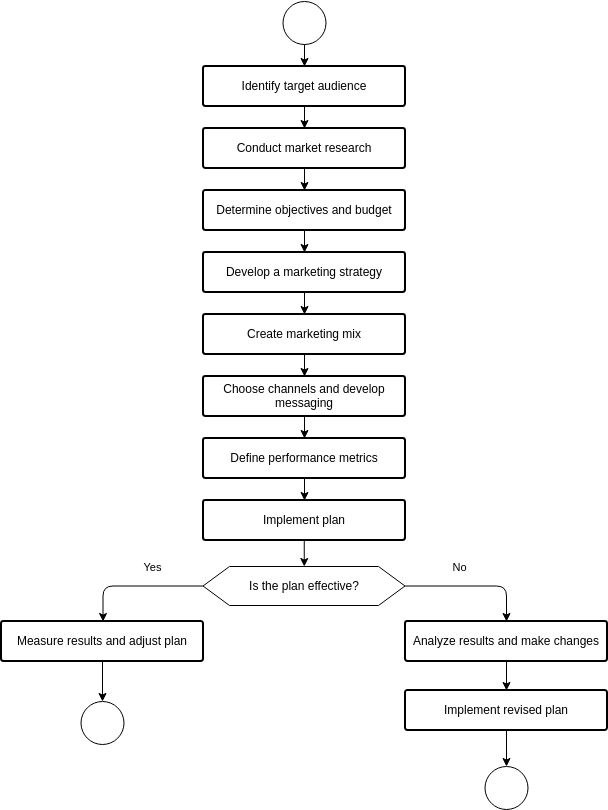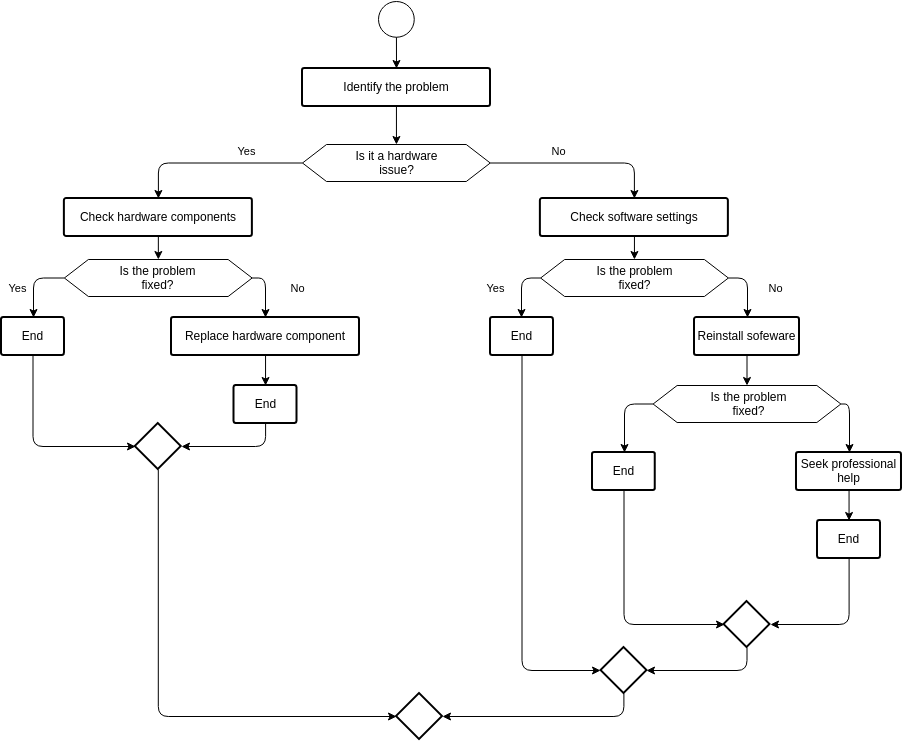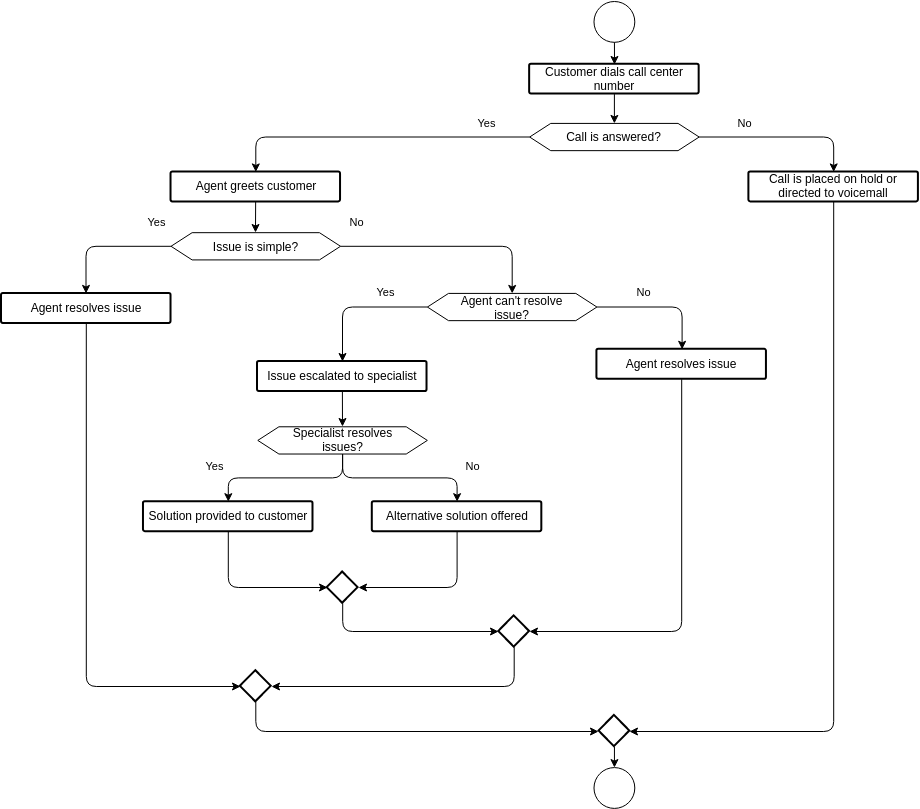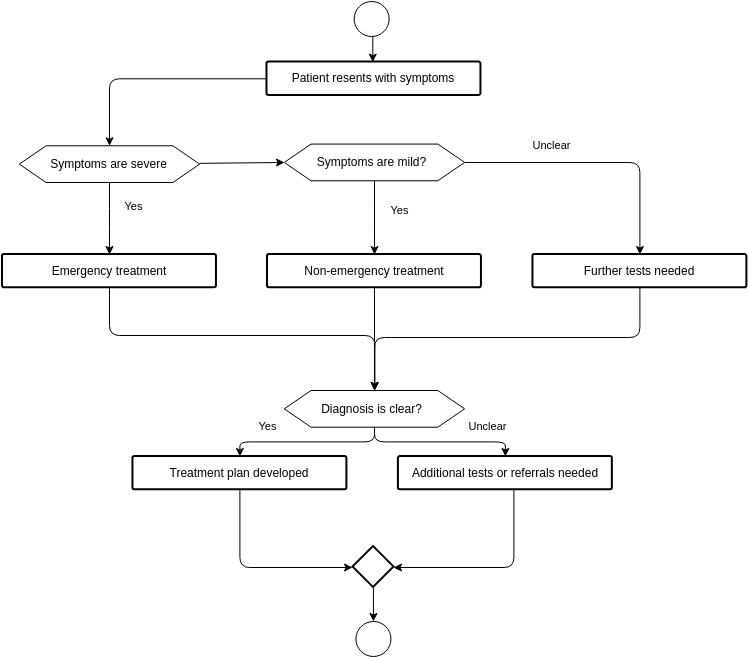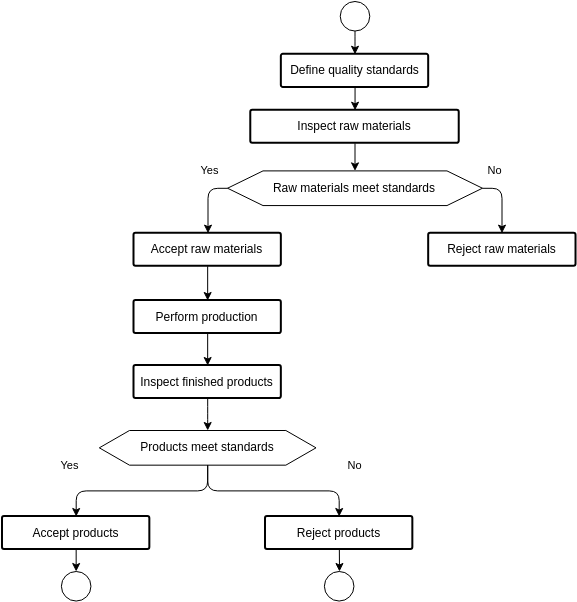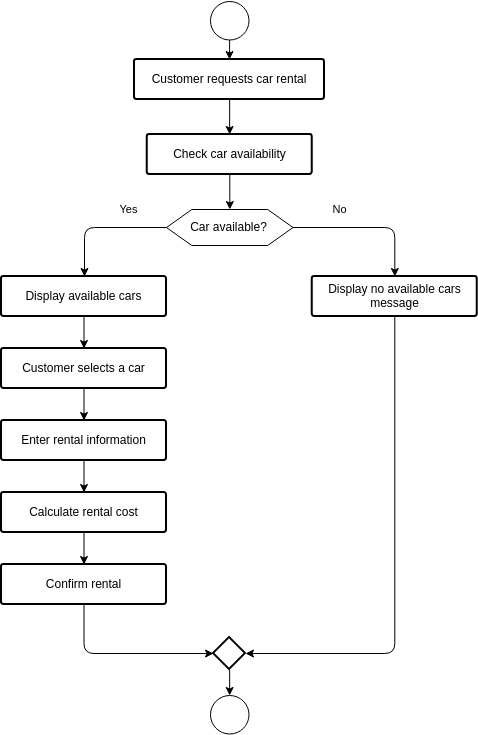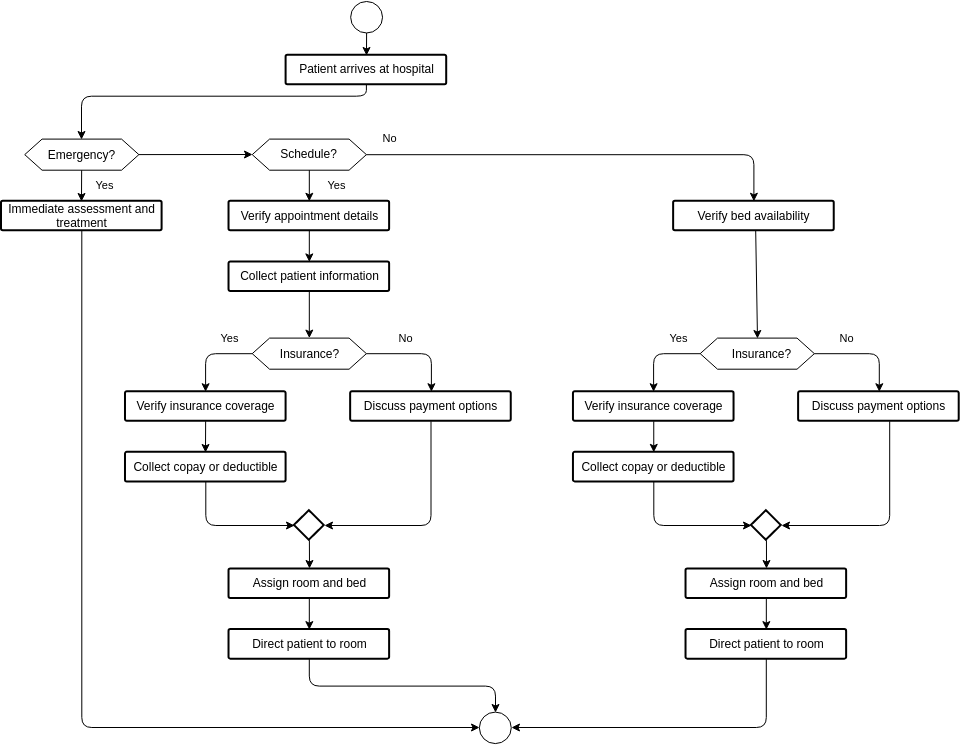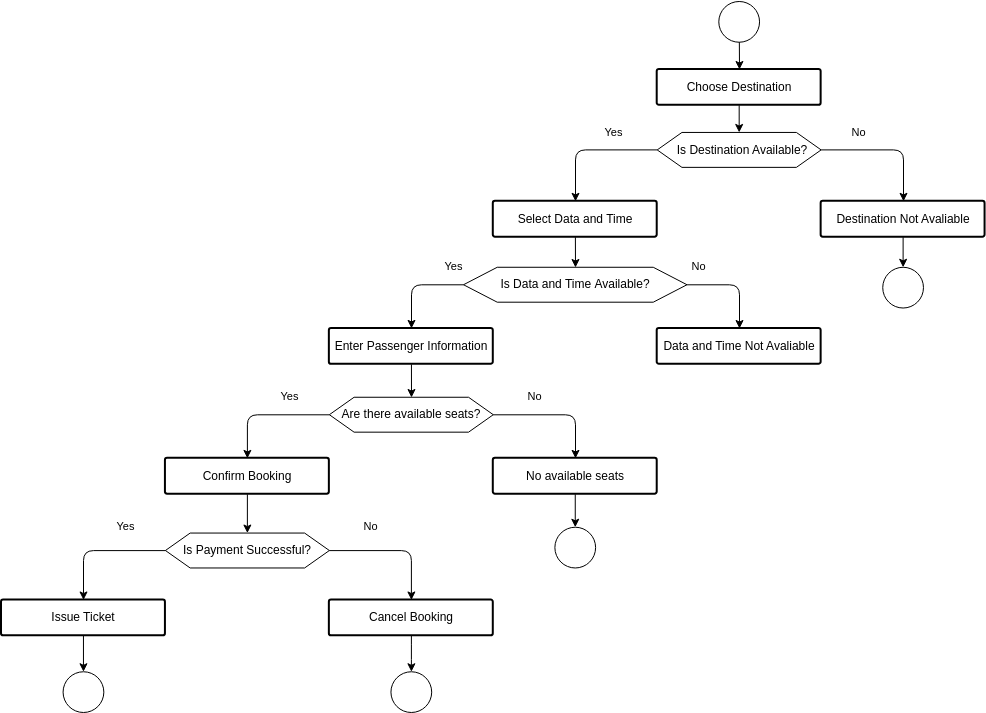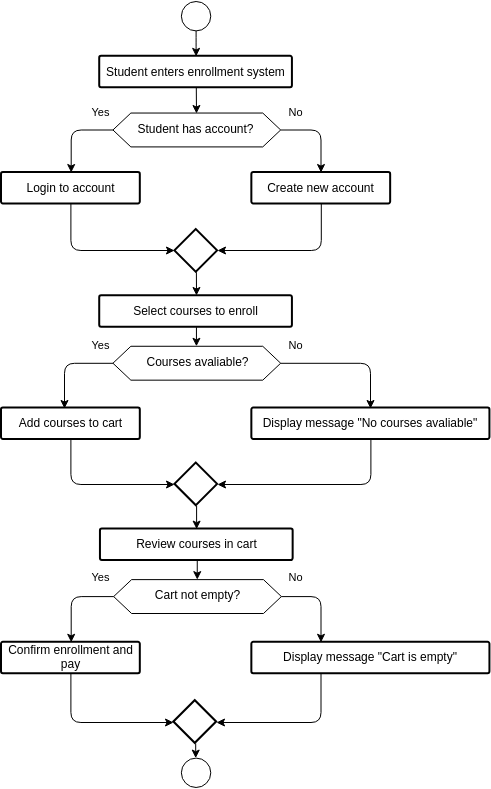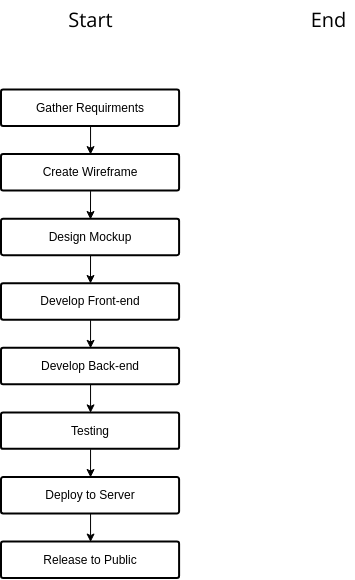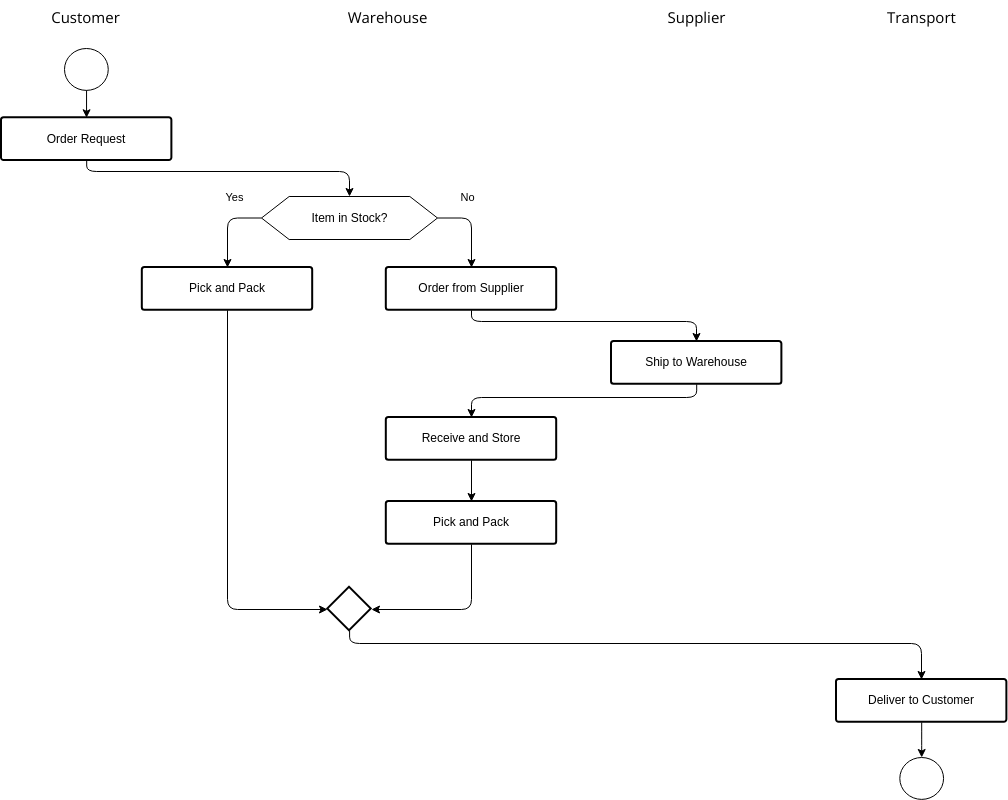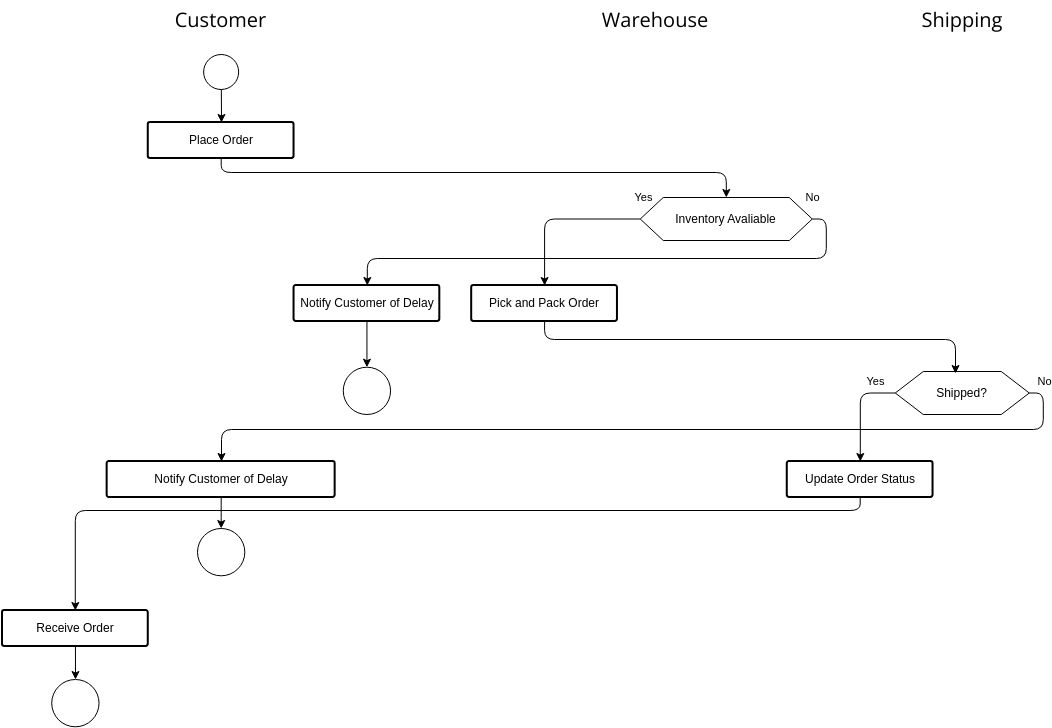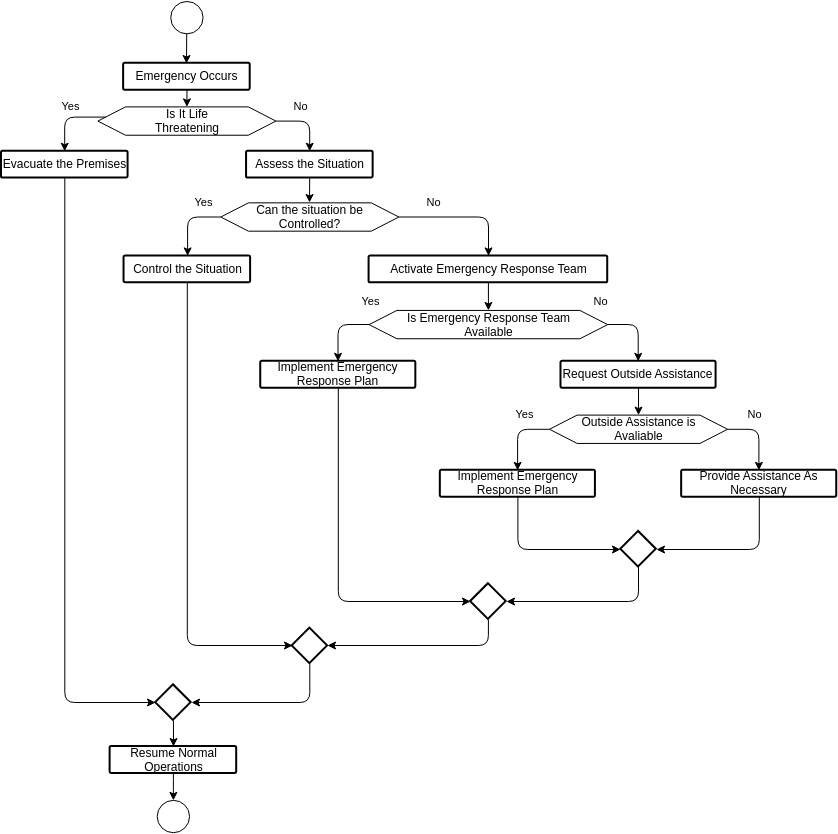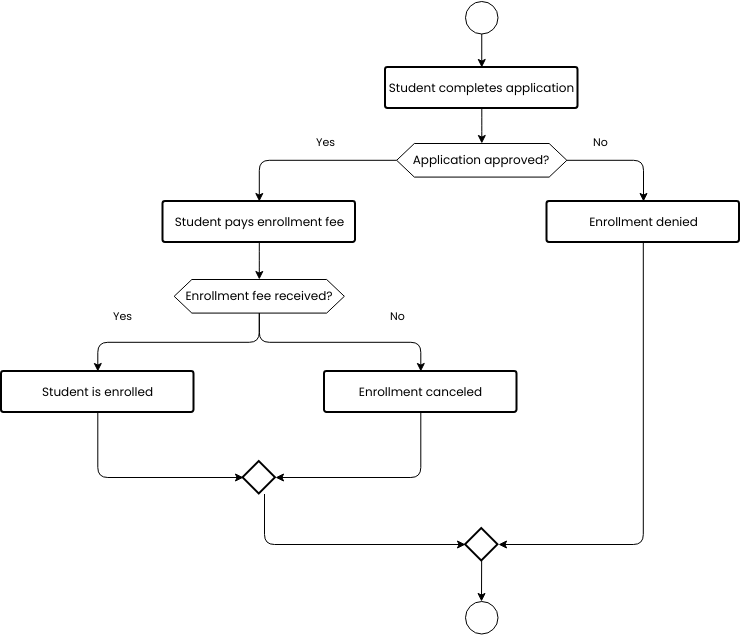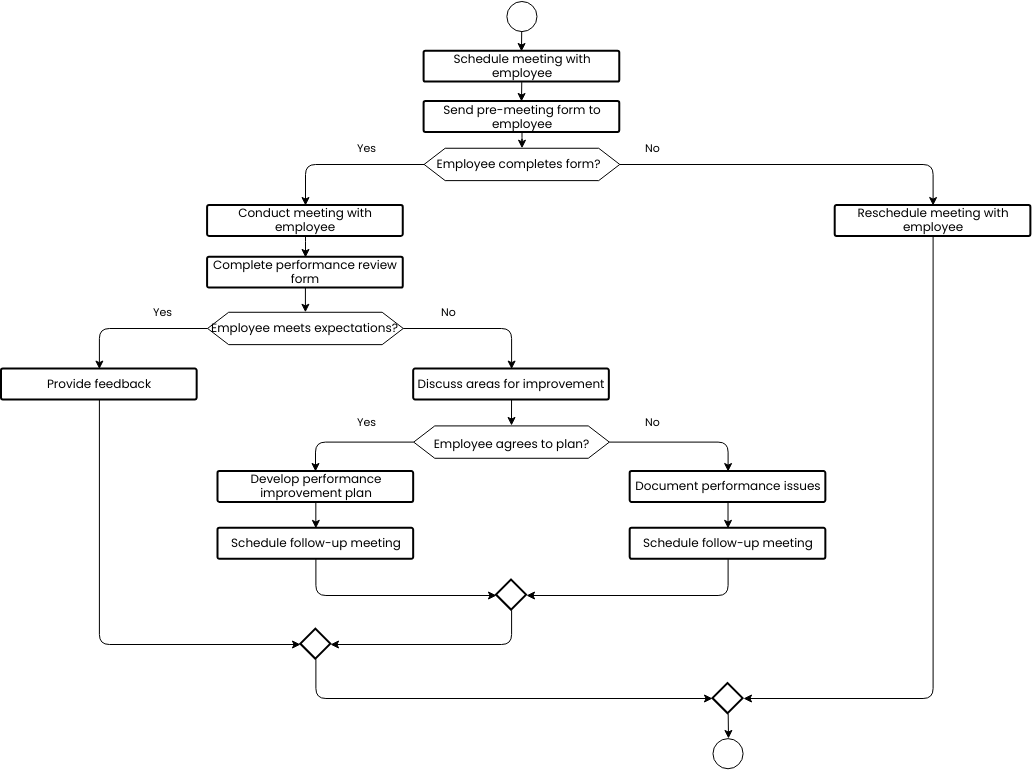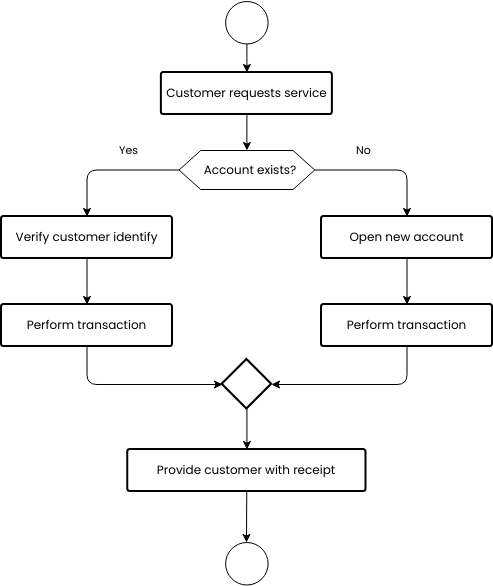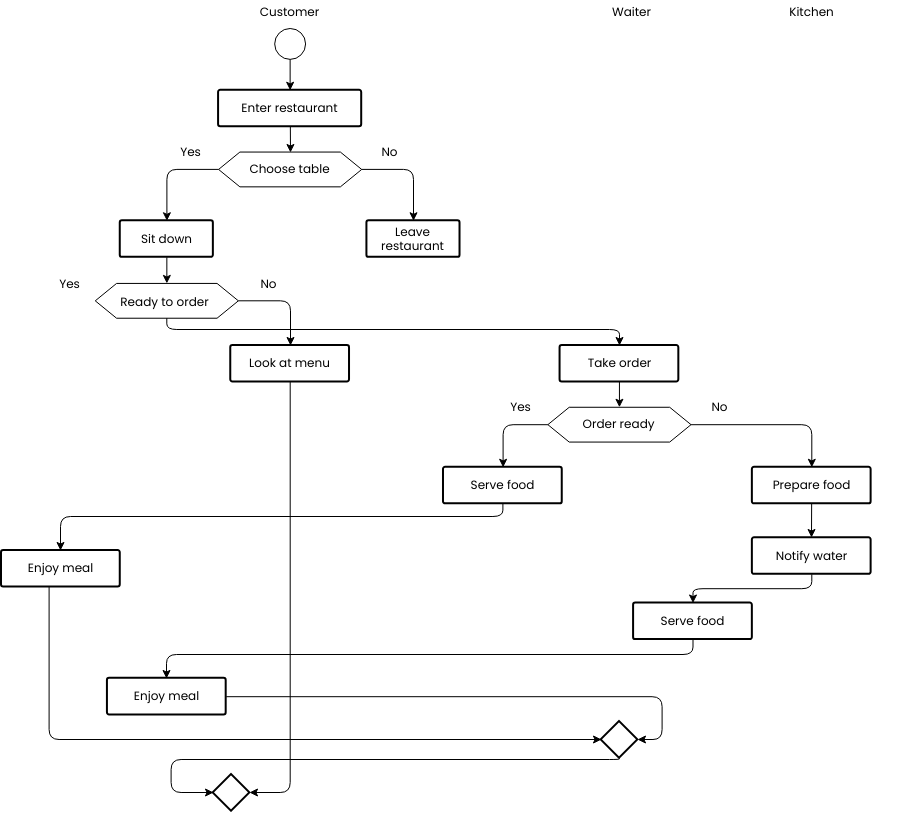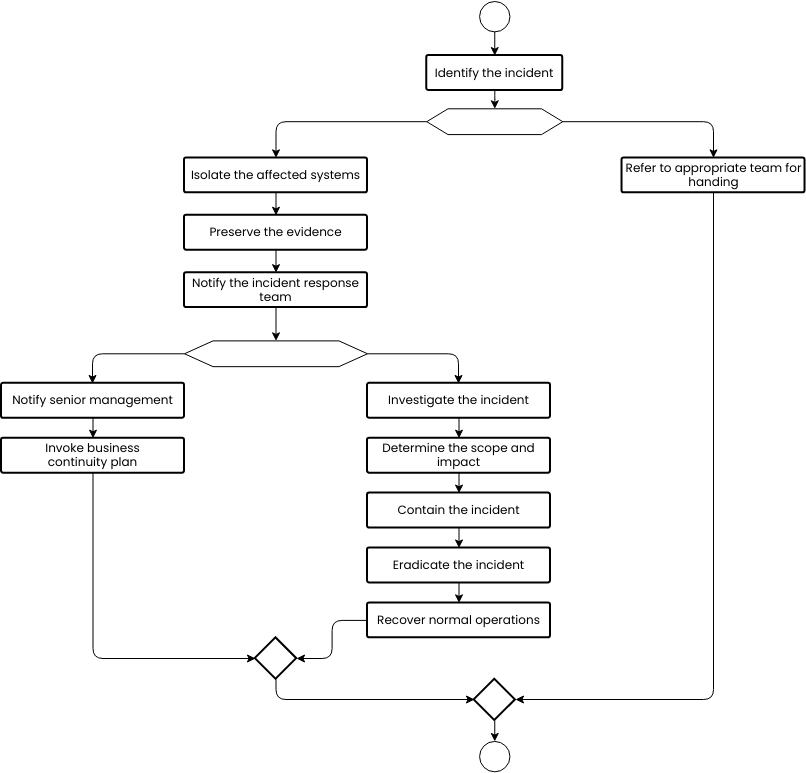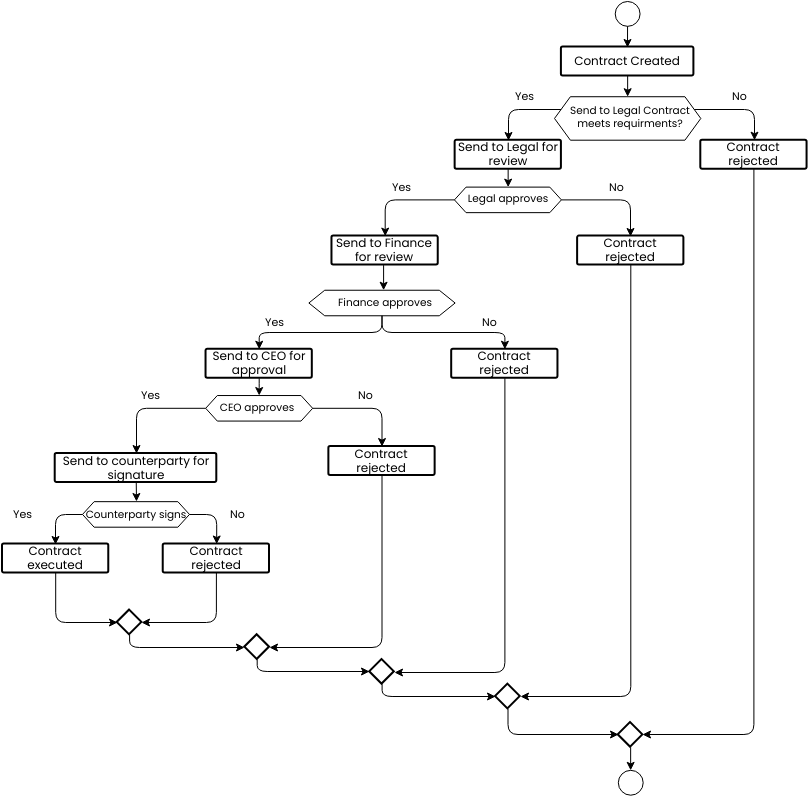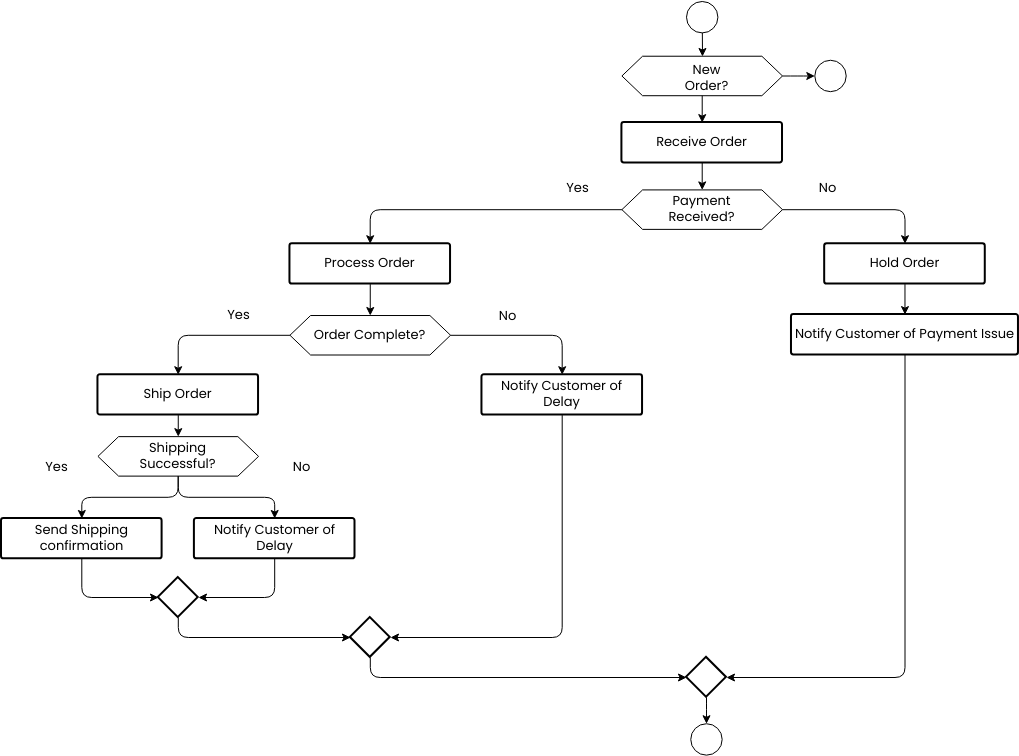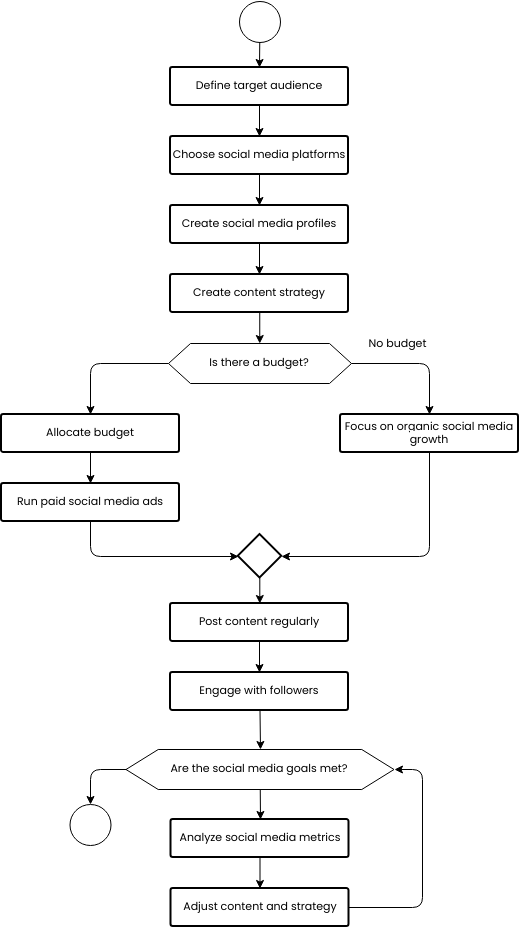The Inventory Management Flowchart outlines the steps involved in managing inventory. The first step is to receive inventory and verify that it matches the purchase order. By receiving inventory properly, businesses can ensure that they have accurate information about their inventory levels and avoid errors or discrepancies.
The next step in the inventory management process is to order inventory. This involves determining the amount of inventory needed and placing an order with the supplier. By ordering inventory properly, businesses can ensure that they have adequate inventory levels to meet customer demand.
The next step in the inventory management process is to update inventory records. This involves recording the receipt of new inventory and adjusting inventory levels in the system. By updating inventory records properly, businesses can ensure that they have accurate information about their inventory levels and avoid errors or discrepancies.
During the inventory management process, it is also important for businesses to monitor inventory levels and make adjustments as necessary. This can involve conducting regular inventory counts, analyzing inventory data, and adjusting inventory levels based on changes in demand or supply. By monitoring inventory levels, businesses can ensure that they have adequate inventory levels to meet customer demand while avoiding excess inventory or stockouts.
What are the benefits of creating this flowchart?
Creating an Inventory Management Flowchart can bring several benefits to businesses. It provides a clear and concise representation of the steps involved in managing inventory, which can help businesses optimize their inventory management process for efficiency, reduce errors, and improve consistency. By following a well-defined process, businesses can ensure that they have accurate information about their inventory levels and are able to meet customer demand while avoiding excess inventory or stockouts. This can result in improved customer satisfaction, reduced costs, and increased business success.
Overall, a well-managed inventory can help businesses improve their bottom line by reducing the need for emergency orders and reducing the risk of stockouts. By monitoring inventory levels and adjusting inventory levels based on changes in demand or supply, businesses can ensure that they have adequate inventory levels to meet customer demand while avoiding excess inventory or stockouts. This can result in improved efficiency, reduced costs, and increased profitability. A well-managed inventory can ultimately contribute to the long-term success of the business.
Searching for some flowchart templates? Go to Visual Paradigm Online and select some designs for customization now!
